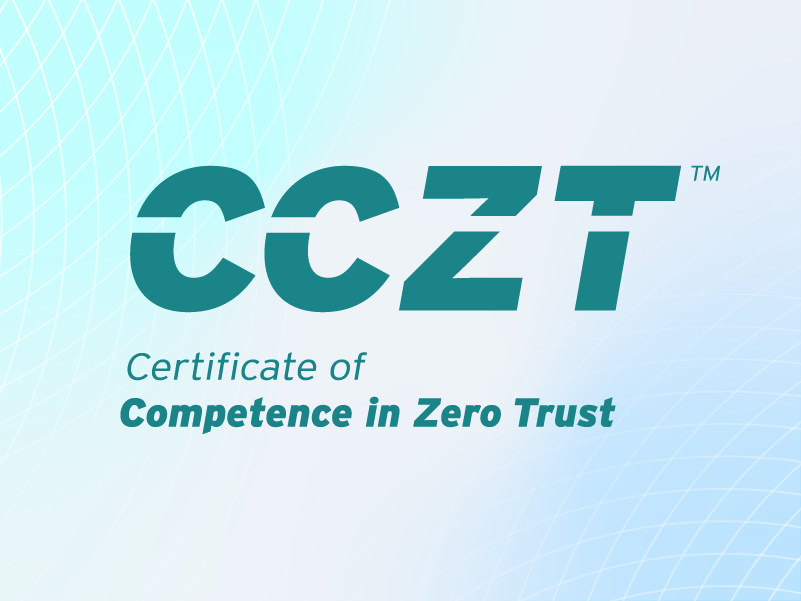ESXi Ransomware: The Growing Threat to Virtualized Environments
Published 06/25/2025
Originally published by ValiCyber.
Written by Nathan Montierth.
Ransomware has reshaped the cybersecurity landscape, and a disturbing new trend is emerging: the targeting of ESXi environments. As the core of many organizations’ IT infrastructure, ESXi hypervisors have become a prime target for cybercriminals seeking maximum disruption with minimal effort. This is no coincidence—hypervisors are critical to hosting and managing virtual machines (VMs), making them capable of amplifying operational chaos across entire enterprises.
The rise in ransomware attacks exploiting hypervisor vulnerabilities, bypassing traditional defenses, and compromising virtualized environments is a growing crisis that demands urgent attention. Cybercriminals are evolving faster than many defenses can adapt, and each day without specialized protection increases the risk of a catastrophic event. Waiting to act is a risk that no organization can afford.
Timeline of ESXi Ransomware Families
Ransomware groups have steadily evolved their focus toward virtualized environments, particularly hypervisors. Key developments include:
- 2021:
- Babuk and LockBit introduce encryptors specifically designed for virtual environments.
- Babuk’s encryptor, capable of scanning directories for VM-critical files, becomes widely adopted after its source code leaks.
- Late 2021 – 2022:
- Ransomware families such as BlackCat, Black Basta, DarkSide, and REvil develop their own hypervisor-specific variants.
- Incidents involving hypervisor ransomware triple during this period.
- 2023:
- Scattered Spider cripples over 100 hypervisors in a single breach, causing nine-figure financial losses.
- Groups like Dark Angels and RansomHub escalate similar tactics, increasing both scale and ransom demands.
- 2024:
Anatomy of an ESXi Ransomware Attack
These attacks often follow a calculated pattern. Initial access is typically gained via phishing, malicious links, or vulnerabilities in internet-exposed management interfaces. Built-in features, like remote console access or SSH tunneling, may be used to maintain stealthy access and bypass detection.
Once inside, attackers escalate privileges to gain full administrative control. In some cases, they’ve abused centralized identity systems to create rogue access groups, granting themselves persistent privileges over virtual infrastructure.
Centralized control points, such as Active Directory or the vCenter Server, represent key vulnerabilities attackers exploit to expand their reach. If compromised, attackers can access encrypted credentials, reconfigure systems, deploy ransomware, and disable backups—amplifying impact from a single point of entry.
After seizing control, ransomware is deployed to encrypt core directories, rendering virtual machines inoperable. Many attackers also destroy or encrypt backups, then exfiltrate data to pressure victims through double-extortion tactics.
The damage rarely stops at the hypervisor layer. Ransomware often moves laterally, compromising non-virtualized systems and spreading throughout the broader environment.
Closing the Gap: How to Defend Virtual Infrastructure
The rise of hypervisor-focused ransomware has exposed a major gap in enterprise security. Traditional tools often fall short in covering this layer. Organizations should adopt a layered approach tailored to the needs of virtual infrastructure. Key recommendations include:
- Enforce Multi-Factor Authentication (MFA) for all administrative interfaces.
- Apply Application Allowlisting to block unauthorized software execution.
- Use Patch Management and Virtual Patching to address known and zero-day vulnerabilities, especially when downtime isn’t feasible.
- Segment Networks to prevent lateral movement across environments.
- Monitor Hypervisor Behavior in Real Time using behavioral analytics.
- Harden Configurations to prevent privilege escalation and tampering.
These strategies collectively reduce the attack surface and strengthen your ability to detect, contain, and respond to ransomware events targeting hypervisors.
Final Thoughts
The surge in ransomware targeting hypervisors represents a critical turning point in cybersecurity. A hypervisor breach isn’t just a technical issue—it’s a business-impacting event. Virtualized infrastructure powers the tools, data, and services that organizations rely on daily. When these systems go down, so does productivity, revenue, and trust.
This threat is growing fast. The time to act is now.
Is your organization prepared?
Related Resources



Unlock Cloud Security Insights
Subscribe to our newsletter for the latest expert trends and updates
Related Articles:
Implementing CCM: Threat & Vulnerability Management Controls
Published: 11/21/2025
Red Teaming Voice AI: Securing the Next Generation of Conversational Systems
Published: 11/20/2025
It’s Time to Make Cloud Threat Modeling Continuous
Published: 11/20/2025
The 99% Solution: MFA for Hypervisor Security
Published: 11/18/2025




.jpeg)
.jpeg)
.jpeg)